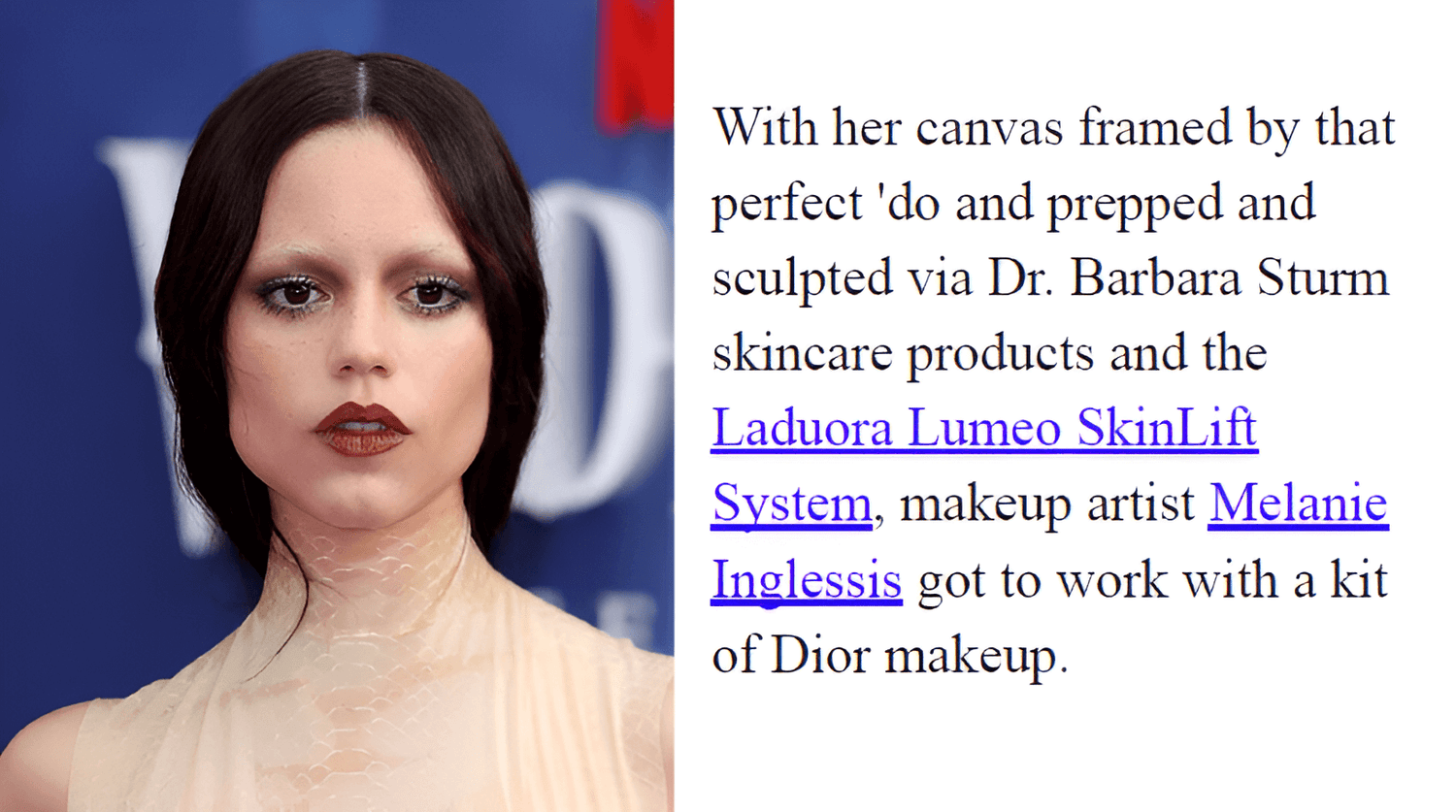Red light therapy is a skin treatment that doesn't use ultraviolet light. Instead, it uses skin-safe, low-level light in different wavelengths. Red light stimulates skin cells called fibroblasts. These help make collagen, which are important parts of skin recovery. Some studies have found that red LED light therapy tightens skin, reduces wrinkles and fine lines, and makes skin smoother and softer.
Benefits of Red Light Therapy
Experts believe that red LED light acts on cells in the skin known as fibroblasts, which play a role in production of collagen, a protein that makes up a large part of connective tissue and helps the skin to recover when it’s harmed. So, in theory, red light could help to reverse some of the signs related to photoaging in the skin, says Dr. Buzney.
In addition, some studies show that red light may help to restore hair for those with androgenetic alopecia, or male- and female-pattern hair loss, she says.
Ref: Harvard Health Publishing
The 630nm Wavelength (Red Light)
The 630nm wavelength is ideal for targeting all manner of skin concerns. 630nm wavelengths penetrate into the skin cells and sebaceous glands to rejuvenate the skin’s tone and texture by smoothing and evening out uneven pigmentation. This wavelength has also been found to help reduce the appearance of fine lines and wrinkles.
The 630nm wavelength offers the following benefits:
- Reduced fine lines and wrinkles: In one study, the 630nm wavelength was combined with other beauty treatments such as microcurrent to create a statistically significant improvement in photodamage, fine lines and sagging.
- An improvement in skin disorders such as psoriasis: One study showed that the use of the 630nm wavelength used in conjunction with hematoporphyrin derivative (HPD) helped to eradicate the symptoms associated with psoriasis within 17 days.
- Healing of superficial skin cancers: Wavelengths of 630nm have been shown to help in the treatment of non-melanoma skin cancers. [Resource]
- The treatment of acne: The 630nm wavelength has also been shown to help reduce inflammation and breakouts. [Resource]
The 660nm Wavelength (Red Light)
There is an abundance of literature outlining the benefits offered by the 660nm wavelength. Penetrating just a little deeper than the 630nm wavelength, the 660nm reaches into the entire range of the skin tissue.
Some of its diverse benefits include:
- Reduced training fatigue: The 660nm wavelength teamed with the 830nm near-infrared wavelength has been proven to delay the development of fatigue in the muscles, and enhance skeletal muscle performance. (Athletes, take note.) [Resource]
- Reduced inflammation: In a study investigating the effects of red light therapy on pleurisy, the 660nm wavelength was found to induce an anti-inflammatory effect. [Resource]
- Improved bone healing: The 660nm wavelength encourages resorption and formation in the bone cells around the location where repair is needed, without causing any change to the bone structure. [Resource]
- Reduced swelling following injury: In one study, the 660 nm wavelength was found to reduce both inflammation and swelling by reducing the number of inflammatory cells which lead to the formation of swelling.






